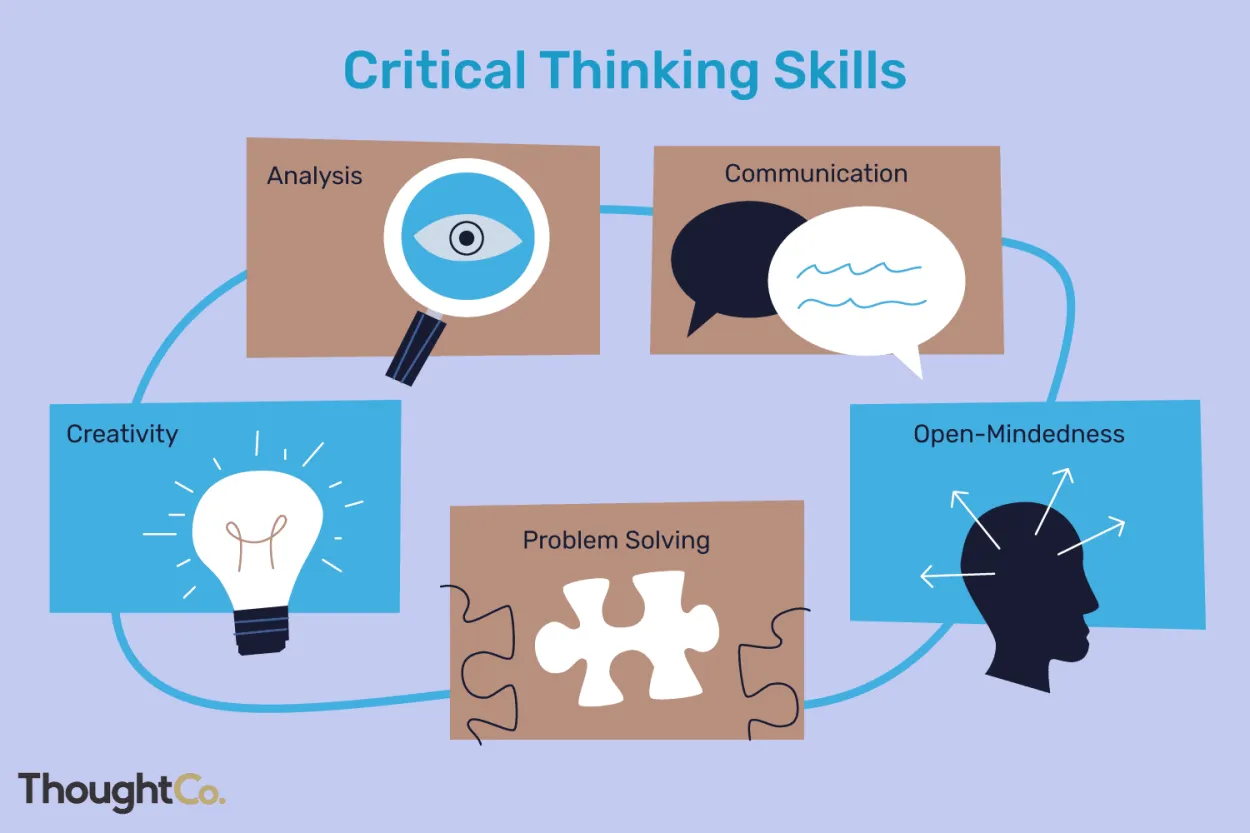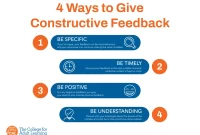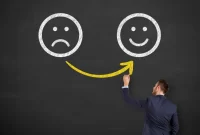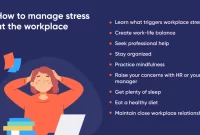Critical thinking plays a crucial role in problem-solving at work, enabling individuals to analyze complex situations, evaluate information, and make informed decisions. With this skillset, professionals can identify and address challenges, consider alternative perspectives, and implement effective solutions for optimal workplace outcomes.
Analyzing Problems from Multiple Perspectives
In the workplace, problem-solving is a crucial skill that can lead to effective decision-making and successful outcomes. One key aspect of problem-solving is the ability to analyze problems from multiple perspectives. By considering different viewpoints and varying opinions, individuals can gain a deeper understanding of the issue at hand and come up with more innovative and comprehensive solutions.
When analyzing problems from multiple perspectives, it is essential to involve diverse stakeholders. This includes seeking input from team members, colleagues, and even clients or customers who may have valuable insights. Each person brings their own unique background, experiences, and knowledge, which can contribute to a more thorough examination of the problem.
Furthermore, analyzing problems from multiple perspectives allows for the identification of potential biases. By considering different viewpoints, individuals can challenge their own preconceptions and assumptions, leading to a more objective and unbiased analysis. This is particularly important when dealing with complex issues that require a comprehensive understanding before finding a solution.
Another advantage of analyzing problems from multiple perspectives is the ability to generate a wider range of solutions. By consulting individuals with different expertise and viewpoints, new and innovative ideas can emerge. This collaborative approach fosters creativity and encourages out-of-the-box thinking, leading to more effective problem-solving strategies.
In conclusion, by analyzing problems from multiple perspectives, individuals can gain a deeper understanding of the issue, identify biases, and generate a wider range of solutions. Critical thinking plays a vital role in this process, as it enables individuals to consider different viewpoints and think critically about the problem at hand. By embracing this approach, organizations can enhance their problem-solving capabilities and achieve successful outcomes.
Developing Effective Decision-Making Strategies
In today’s fast-paced and dynamic work environment, effective decision-making is crucial for success. Whether you are a team leader, manager, or individual contributor, the ability to make informed decisions is a valuable skill that can positively impact your career.
One key factor that plays a significant role in decision-making is critical thinking. Critical thinking involves analyzing information, evaluating evidence, and considering alternative perspectives before reaching a conclusion. It allows us to identify the root causes of a problem and explore different possible solutions.
When it comes to problem-solving at work, critical thinking serves as a foundation for developing effective decision-making strategies. Here are some key points to consider:
1. Gather Relevant Information
Before making any decision, it’s important to gather all the relevant information related to the problem at hand. This includes collecting data, seeking expert opinions, and considering the potential consequences of different choices. Gathering comprehensive information will help you make informed decisions that are backed by facts.
2. Analyze and Evaluate
Once you have gathered the necessary information, it’s time to analyze and evaluate it critically. Look for patterns, connections, and potential biases that may influence your decision-making process. Assess the reliability of your sources and consider different perspectives to gain a comprehensive understanding of the situation.
3. Explore Alternatives
Avoid jumping to conclusions or settling for the first solution that comes to mind. Critical thinking encourages you to explore multiple alternatives and consider their potential strengths and weaknesses. This process allows you to identify the most viable options and make more well-rounded decisions.
4. Consider Risks and Benefits
Effective decision-making involves weighing the risks and benefits of each available option. Consider the short-term and long-term consequences of your choices. This helps minimize potential risks and maximizes the benefits associated with your decision.
5. Seek Input and Collaborate
Don’t hesitate to seek input from others who may have valuable insights or expertise. Collaboration can enhance your decision-making process by bringing diverse perspectives to the table. Engaging in constructive discussions and considering different viewpoints can lead to more robust and innovative solutions.
By incorporating critical thinking into your problem-solving approach, you can develop effective decision-making strategies. Remember, effective decision-making is an ongoing process that requires practice and continuous improvement. With time and experience, you can enhance your decision-making skills and become a more valuable asset in your professional life.
Applying Critical Thinking in Collaborative Problem-Solving
In the modern workplace, problem-solving is a crucial skill that organizations value in their employees. However, it is not enough to simply approach problems with a narrow scope and immediate solutions. To truly excel in problem-solving, individuals must also apply critical thinking.
Critical thinking is a cognitive process that involves analyzing information objectively and making reasoned decisions. When applied to problem-solving, it allows individuals to identify underlying issues, evaluate evidence, and develop well-thought-out solutions.
One key aspect of critical thinking in problem-solving is the ability to collaborate effectively. By involving diverse perspectives and expertise, collaborative problem-solving harnesses the power of collective intelligence. Through collaboration, individuals can challenge assumptions, generate innovative ideas, and find more comprehensive solutions.
Furthermore, critical thinking promotes a systematic and structured approach to problem-solving. It encourages individuals to break down complex problems into smaller, manageable parts, facilitating a clearer understanding of the challenges at hand. This organized approach enables individuals to identify patterns, anticipate potential roadblocks, and create well-defined action plans.
Moreover, critical thinking in collaborative problem-solving fosters a culture of learning and continuous improvement. It encourages individuals to reflect on the outcomes of their problem-solving efforts, seek feedback, and integrate new insights into future approaches. By embracing critical thinking as an ongoing process, organizations can enhance their problem-solving capabilities and drive innovation.
In conclusion, applying critical thinking in collaborative problem-solving plays a vital role in the workplace. It enables individuals to go beyond surface-level solutions and delve deep into the core of problems. By working together and approaching problem-solving with a critical mindset, organizations can overcome challenges, maximize opportunities, and thrive in an ever-evolving business landscape.
Conclusion
In conclusion, critical thinking plays a crucial role in problem-solving at work. By encouraging employees to think analytically, assess information objectively, and explore alternative solutions, organizations can foster effective problem-solving skills. Employing a critical thinking mindset allows individuals to make rational decisions, overcome challenges, and find innovative solutions to complex problems.




